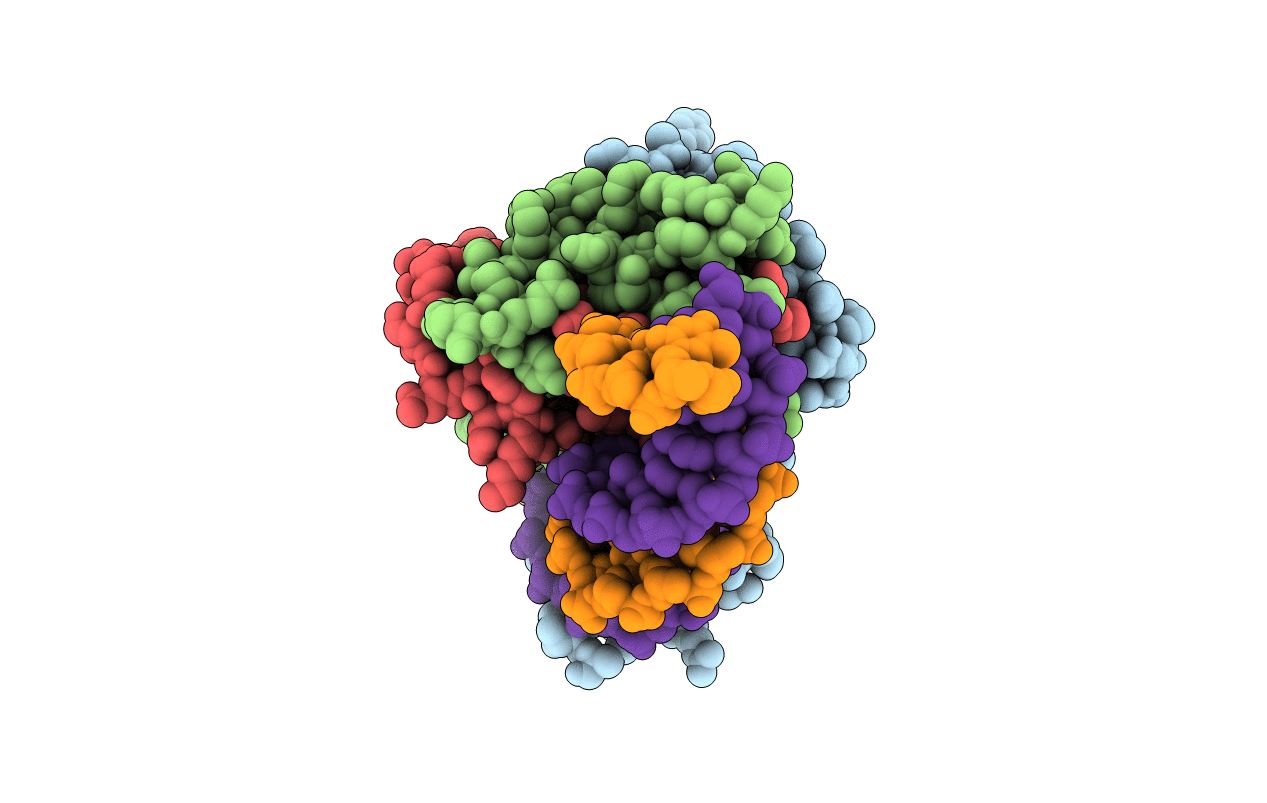
Deposition Date
2020-02-17
Release Date
2020-05-27
Last Version Date
2024-01-24
Entry Detail
PDB ID:
6Y36
Keywords:
Title:
CCAAT-binding complex from Aspergillus fumigatus with cccA DNA
Biological Source:
Source Organism:
Host Organism:
Method Details:
Experimental Method:
Resolution:
2.30 Å
R-Value Free:
0.21
R-Value Work:
0.18
R-Value Observed:
0.18
Space Group:
P 21 21 21


